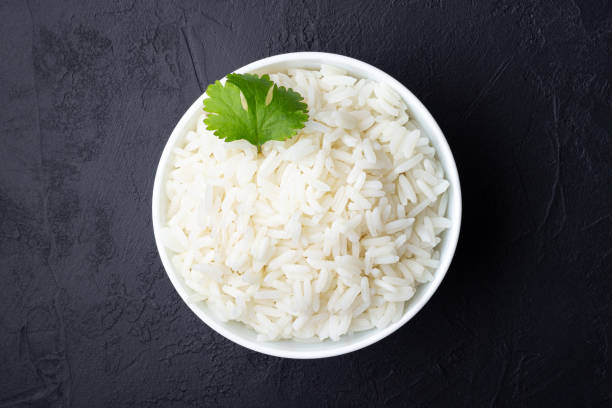How do you ensure quality when exporting basmati rice from India?
Indian exporting of Basmati rice to other countries can be very profitable, but making sure the quality is top-notch is very important for success. People all over the world love Basmati rice because it has long grains and a pleasant smell. But making sure quality standards are met during the whole export process takes close attention to detail and following best practices in the industry.
Through this blog post, we will talk about important strategies and tips for keeping the quality of Indian basmati rice high. It will cover everything from how to grow and harvest the rice to how to package and move it. If you’re new to exporting or have been doing it for a while, learning these quality assurance steps will not only protect your reputation but also help you succeed in the tough foreign market.
Let’s dig in!
Cultivation and Harvesting Practices for Quality Assurance
Cultivation and harvesting are very important parts of making sure that the basmati rice that India exports is of high quality. For example, farmers carefully choose the right type of seeds for their area’s temperature and soil before planting them. Carefully preparing the dirt, they make sure it drains well and is fertile so plants can grow well.
Throughout the growing season, farmers manage pests and diseases in the rice fields on a daily basis to safeguard the crop. Furthermore, they provide enough water, especially during important growth stages, to support good plant growth and the formation of grains.
Harvesting is done carefully so that the grains don’t get damaged. Usually, farmers gather basmati rice when the grains are fully grown but still have their unique smell and long shape. They are efficient while maintaining the quality of the food by using both old-fashioned methods, like hand harvesting, and new machines, like combine harvesters.
After it is harvested, the rice is dried thoroughly to lower the amount of water in it and stop mold from growing. Doing it right when drying basmati rice is important to maintain its smell, texture, and taste.
Following these growing and harvesting methods will help farmers make high-quality Basmati rice that meets the strict standards needed for export, ensuring its image as one of the best types of rice in the world.
Quality Control Measures at Export Points
At export points, quality control methods are very important for maintaining the high standards of basmati rice while it travels from farms in India to places all over the world. Some important things to remember about quality control at exit points are:
- Checking:Trained professionals carefully examine basmati rice to look for any flaws, impurities, or variations in the size and color of the grains.
- Samples:Each batch of basmati rice is tested by taking samples to check for things like moisture level, purity, and smell.
- Certification:Exports of basmati rice must adhere to strict quality standards set by foreign authorities. ISO, HACCP, and BRC certifications make sure that the rice meets standards for quality, safety, and cleanliness.
- Packing:The right packing is very important to keep Basmati rice safe while it’s being shipped. When people export, they make sure that the materials used for packing are clean, of good quality, and free of any contaminants.
- Storage:Basmati rice is kept in storage with temperature and humidity controls to keep it fresh and avoid going bad.
- Trackability:A unique identification code is given to each batch of Basmati rice, which makes it possible to track the rice all the way through the export process. In cases of quality problems, this makes sure that everyone is clear and responsible.
- Paperwork:Each shipment of basmati rice comes with correct paperwork, such as certificates of analysis and location, to ensure the quality and that it follows the rules for importing food.
By following these quality control steps, exporters can keep Basmati Rice’s image as a premium product on the world market, meeting customers’ high standards for taste, smell, and texture.
Addressing common challenges
Here are some points that show the common challenges that are faced while exporting rice from India to other countries.
- Regulatory Compliance
- Infrastructure Constraints
- Price Volatility
- Competition
- Trade Barriers
- Pest and disease management
- Payment Risks
- Political and geopolitical factors
- Sustainability Concerns



